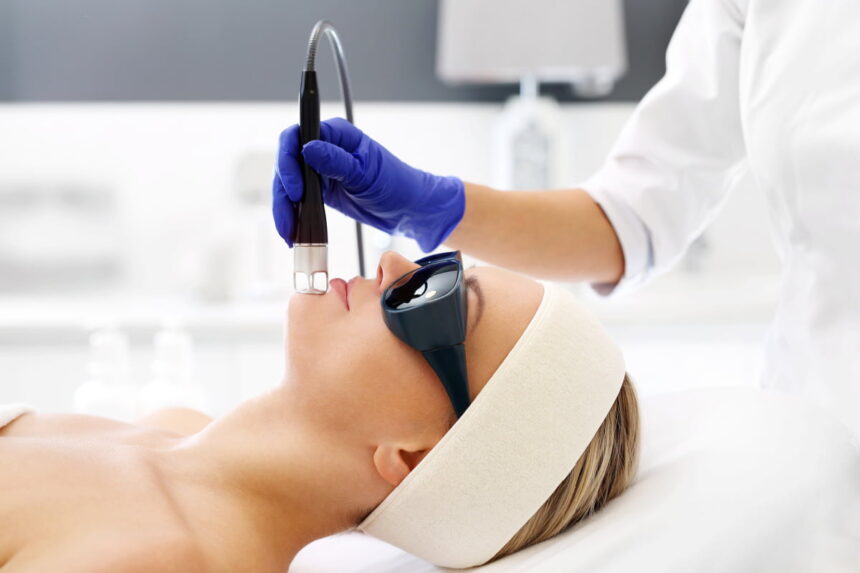Academy of Dermatology Association estimates that acne affects up to 50 million Americans and that at least 85 percent of people between the ages of 12 and 24 experience some form of it.
What if “just wait until you grow out of it” isn’t enough? What if, like many Americans, you never grow out of it and continue to suffer from adult acne? When cleansers, antibiotics and topical and oral medication are not enough or don’t give you long-lasting results, you have little choice but to accept the pimples or continue fighting the good fight and never get off the endless wheel of breakout, treatment, healing, breakout. Clear skin forever can sound like a pipedream.
What if the latest laser technology holds the key to a clearer, more radiant and acne-free complexion? Banishing acne with lasers is not just a flash in the pan. It may be the next wave of pimple popping.
What is acne?
Throw out everything you think you know about acne and get back to basics. Acne is an inflammatory skin condition that occurs when hair follicles under the skin become clogged. In healthy skin, sebaceous glands that connect to the hair follicle produce oil that helps keep the skin from drying out. Sebum, or oil, flows to the skin’s surface through the pores and moisturizes the skin.
Unfortunately, sebum, dead skin cells, dirt and other materials can get stuck or clump together, clogging the pore. This mixture can foster the growth of bacteria that live on the skin, causing inflammation and pimples or blemishes. Bacteria growth, dead skin buildup and excess oil production contribute to the development of acne.
Put aside the common misconceptions that diet, greasy foods, stress and scrubbing your skin too hard cause pimples. These things can potentially make acne worse, but at its core, acne is an inflammatory response caused by clogged pores. Hormones, certain medications and family history can increase a person’s risk of developing acne.
New developments in laser technology may be the breakthrough acne sufferers have been waiting for to treat and prevent their breakouts. Yet, you may need to adjust how you view laser treatments and their effects on the skin.
Troy Pittman, MD, FACS, utilizes the AviClear laser treatment for acne in his practice. This system was the first FDA-approved laser to treat acne by homing in on specialized cells that produce sebum.
“When we’re targeting acne, the key to a really good effective acne treatment is to target where acne starts,” said Dr. Pittman. “And so, where acne starts is in the sebaceous gland.”
How does this laser target acne? Dr. Pittman explained that every laser is designed to reach a certain level of skin based on its chromophore. Chromophores are molecules that absorb light at a specific wavelength.
“The chromophore for AviClear is the actual sebocyte,” said Dr. Pittman. “So, what it does is literally targets and kills the cell that is producing sebum, which is the root of acne.”
Have you ever been to a fair or arcade? Then you know tackling acne can be like playing a never-ending carnival game.
“With patients who get AviClear, you know, our skin is constantly regenerating, and it is like whack-a-mole,” said Dr. Pittman. “So, you want to kill the sebocytes, but they keep kind of coming back. So, we do three AviClear treatments. In the studies, three treatments seem to resolve or permanently reduce acne in all age groups and all skin types.”
You read that right, but it’s okay to read it again. Studies suggest this laser treatment can reduce the number and severity of acne breakouts in patients of all ages and with all skin and acne types. In addition to reducing acne and improving skin texture, it delivers long-lasting results by killing sebocytes.
The downside is that practitioners cannot use numbing cream during treatment. During treatment, expect some discomfort, mostly a prickling feeling on the skin. Most adults tolerate the treatment well, but it may be uncomfortable for younger patients, like teenagers. As for recovery, after each treatment session, you’ll have some side effects.










